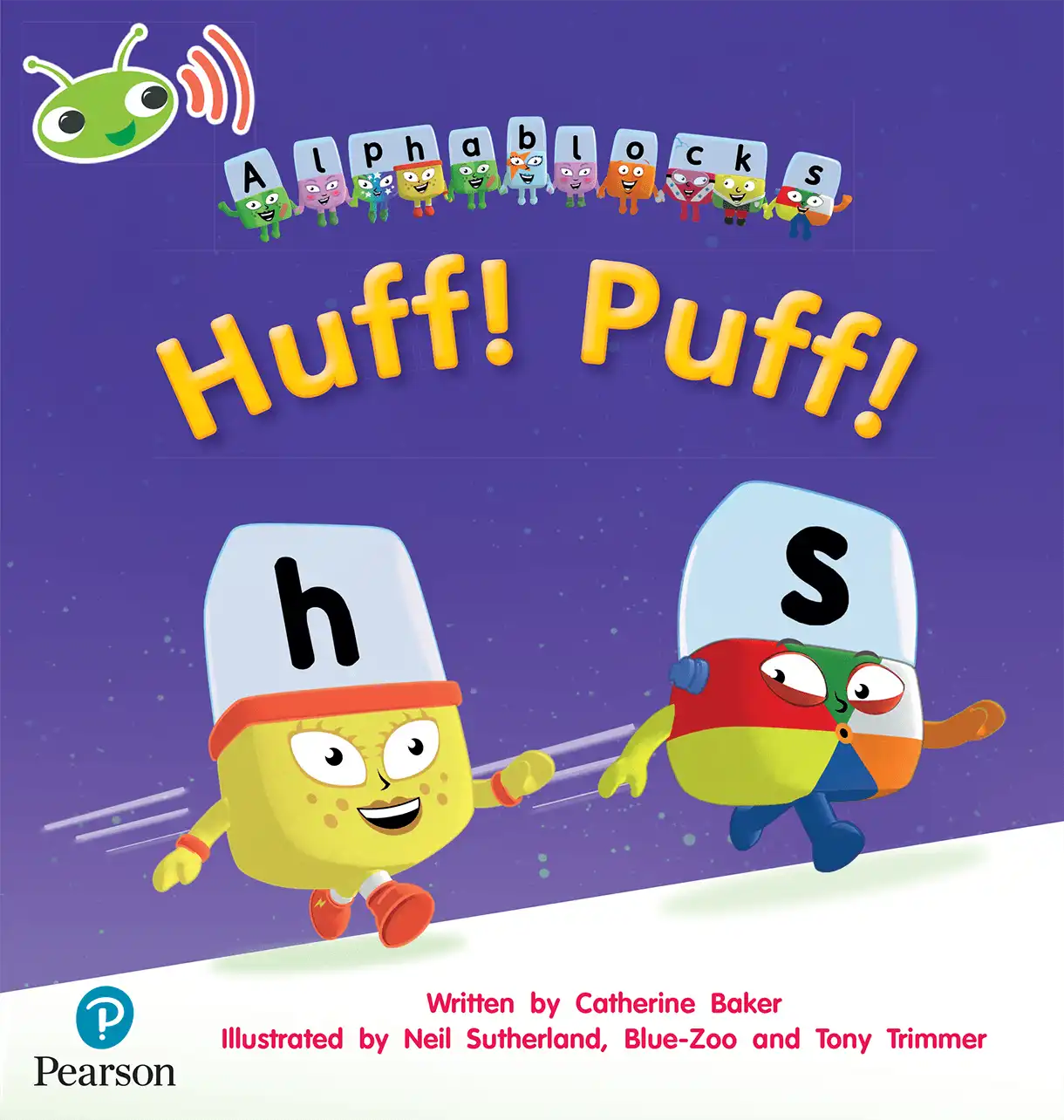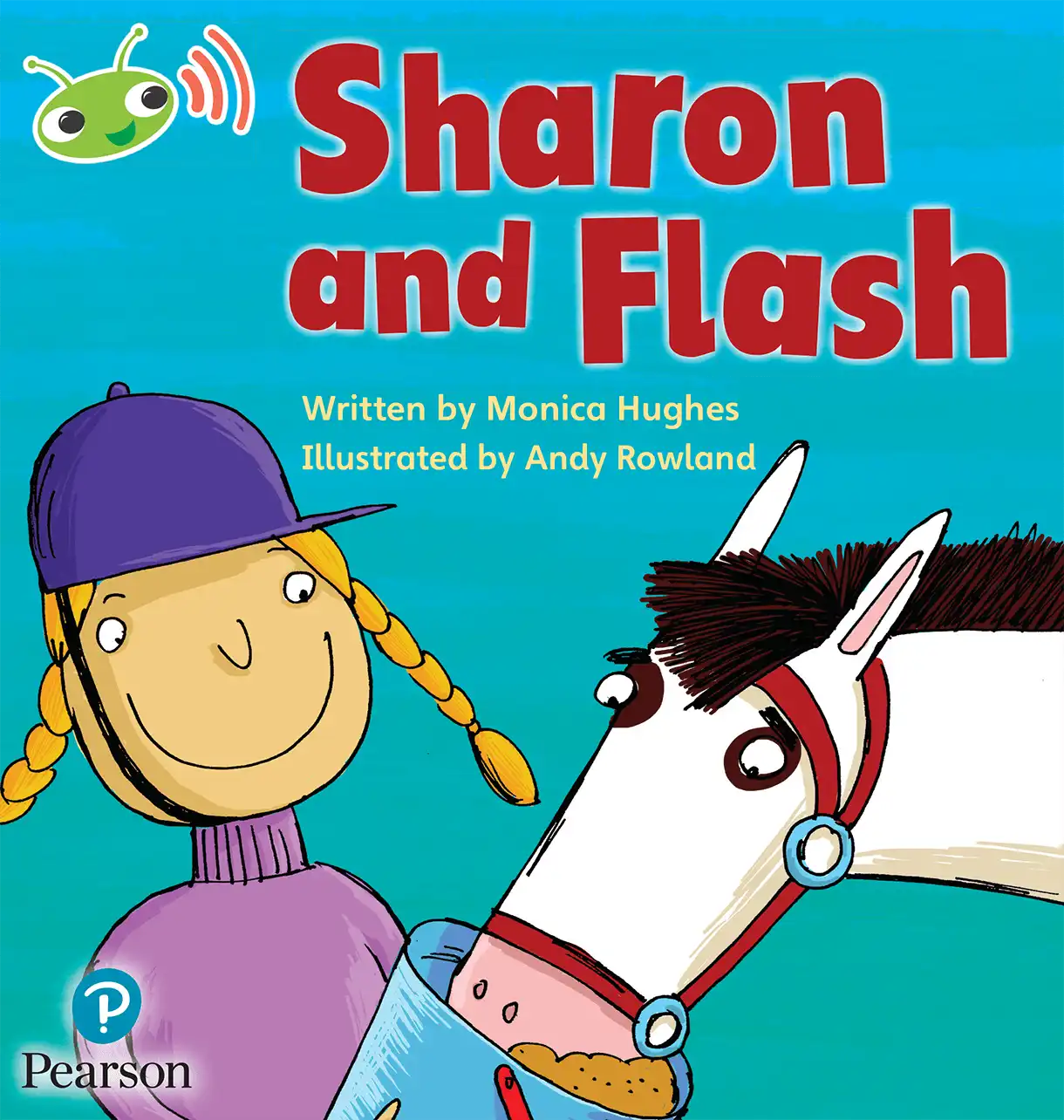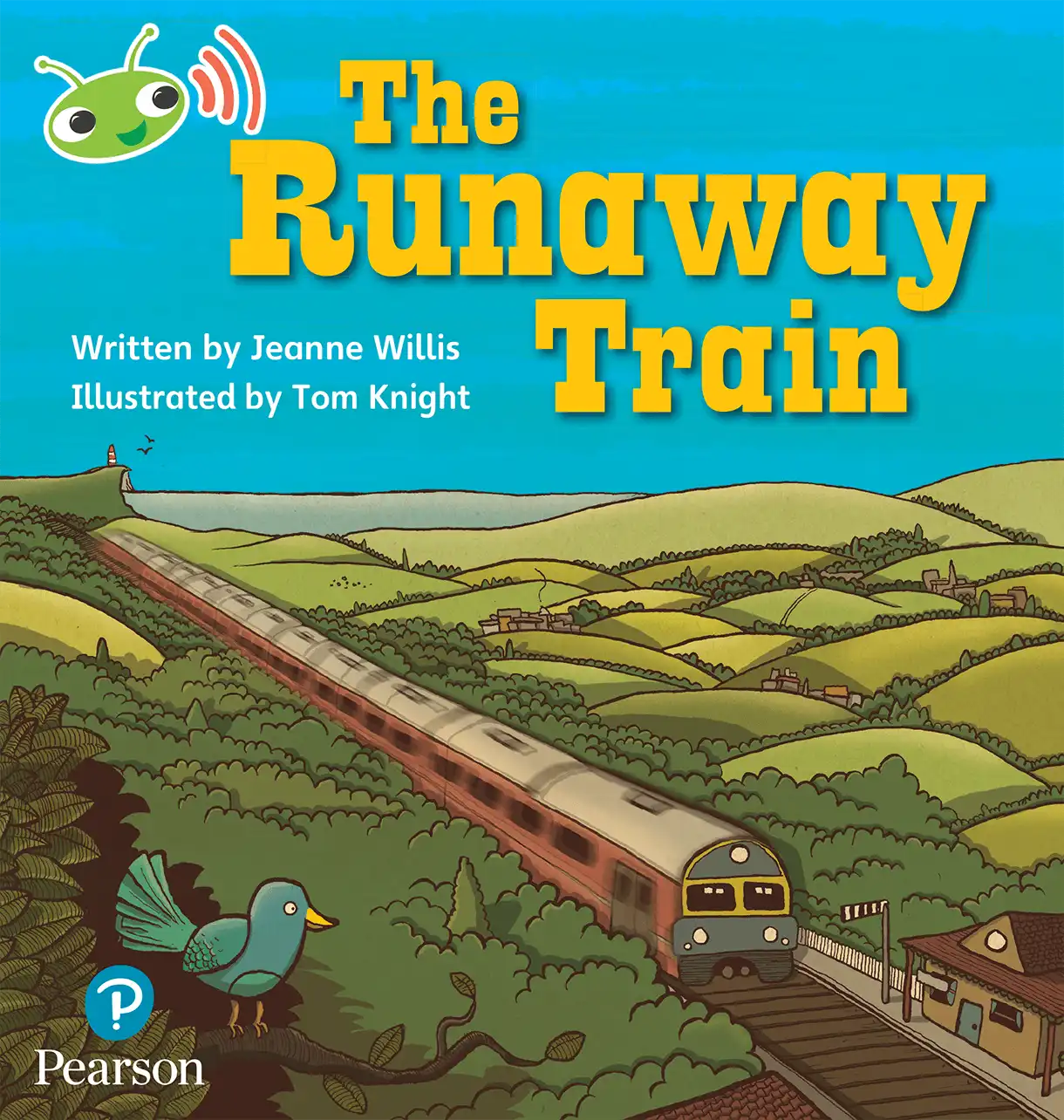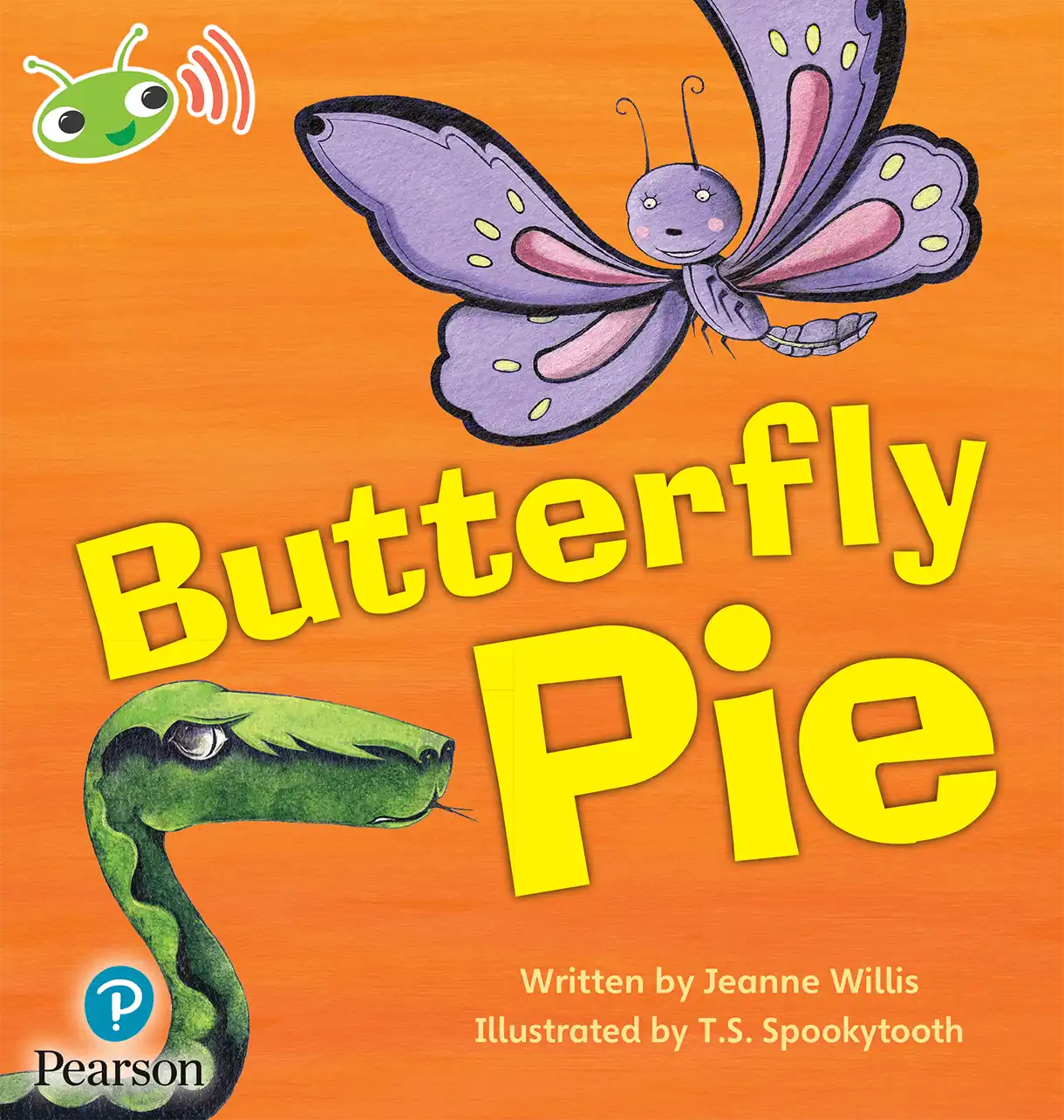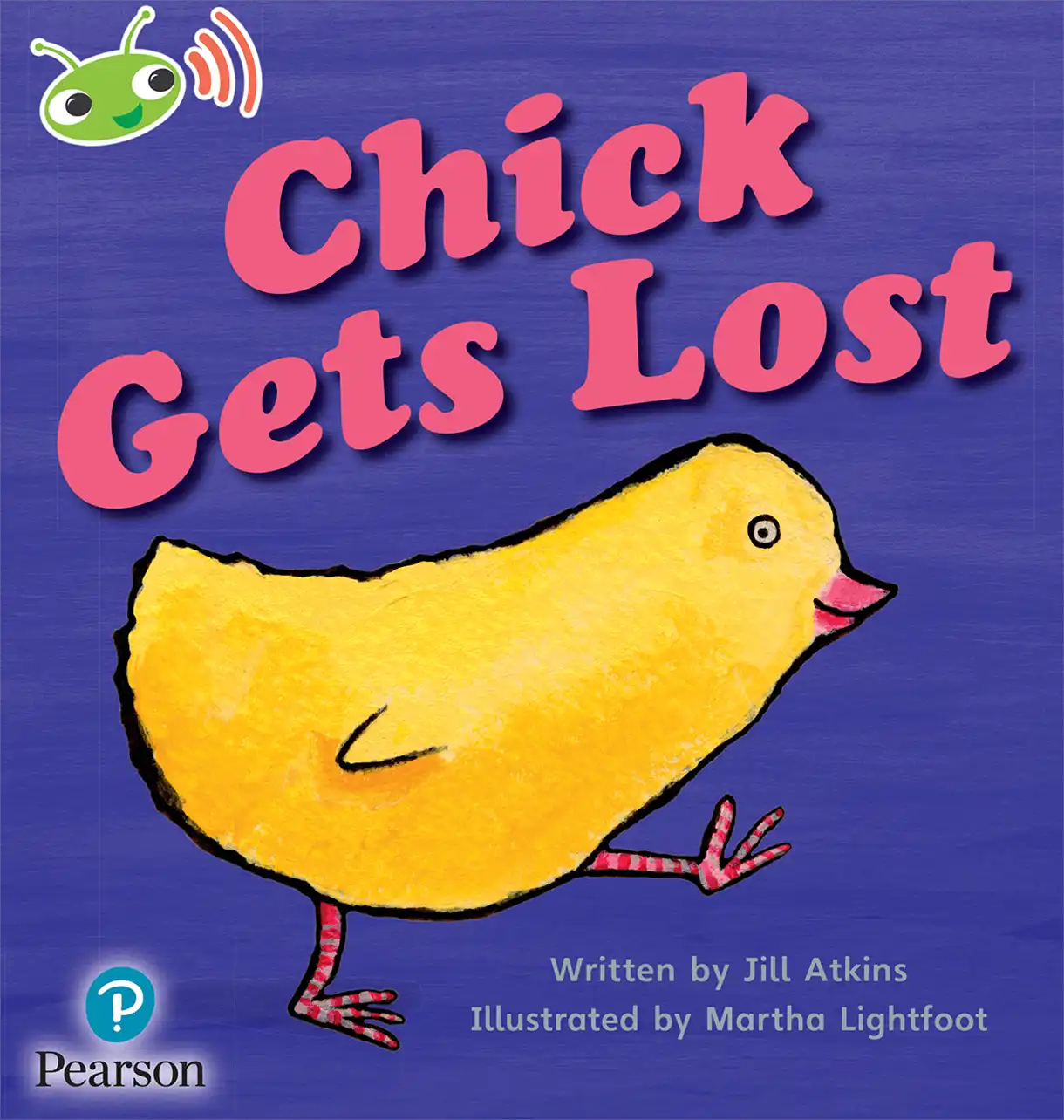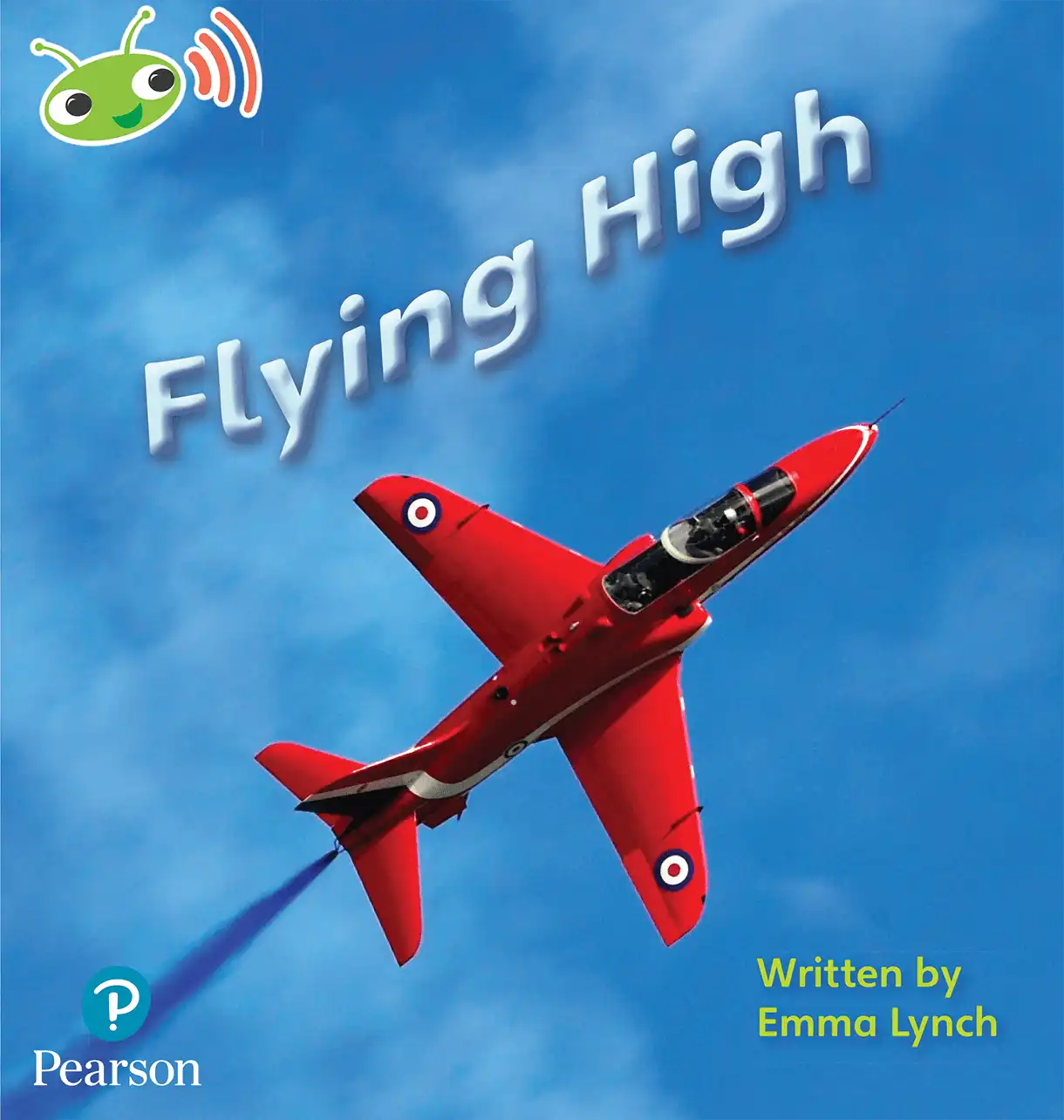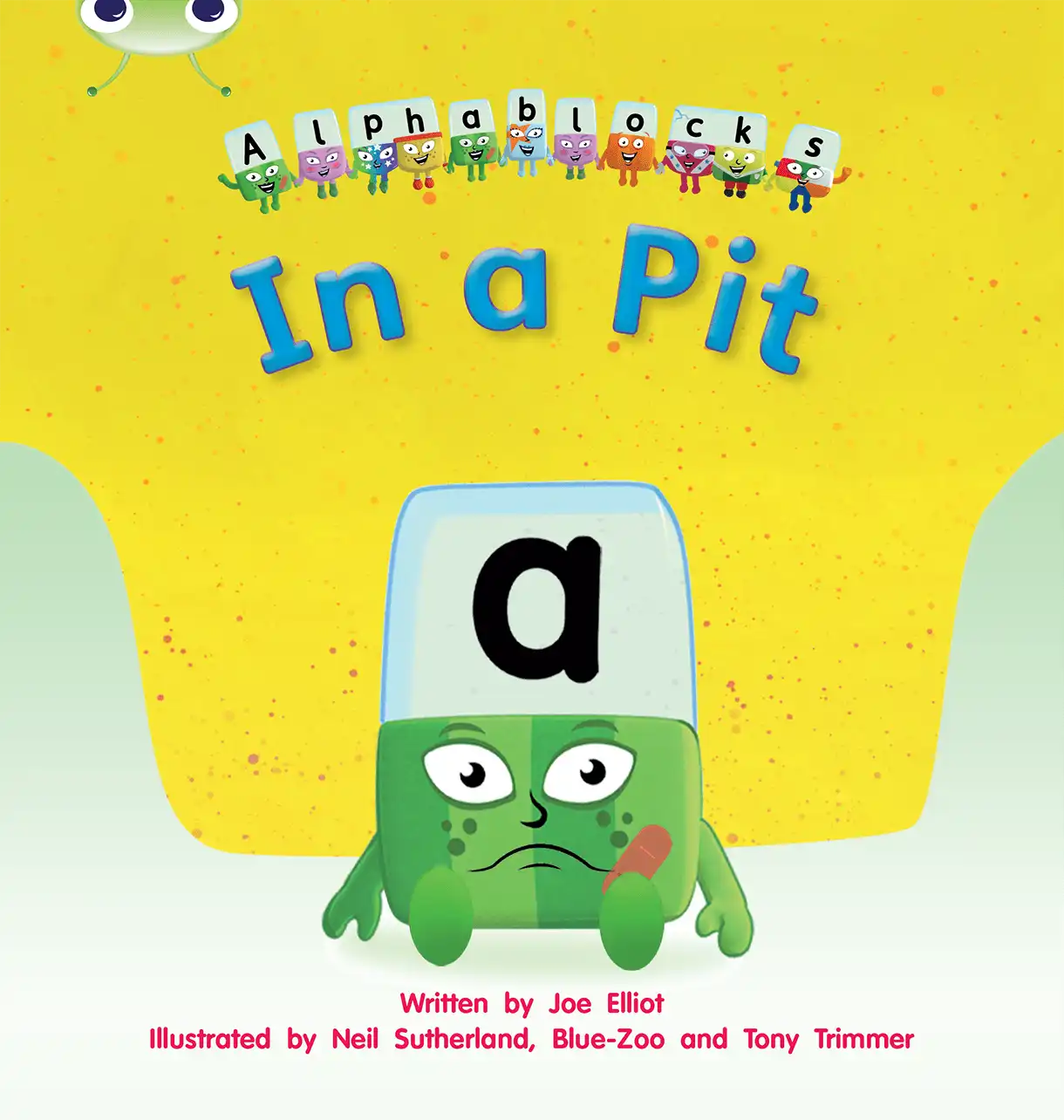Learn to read
using AAC

research-based AAC reading system
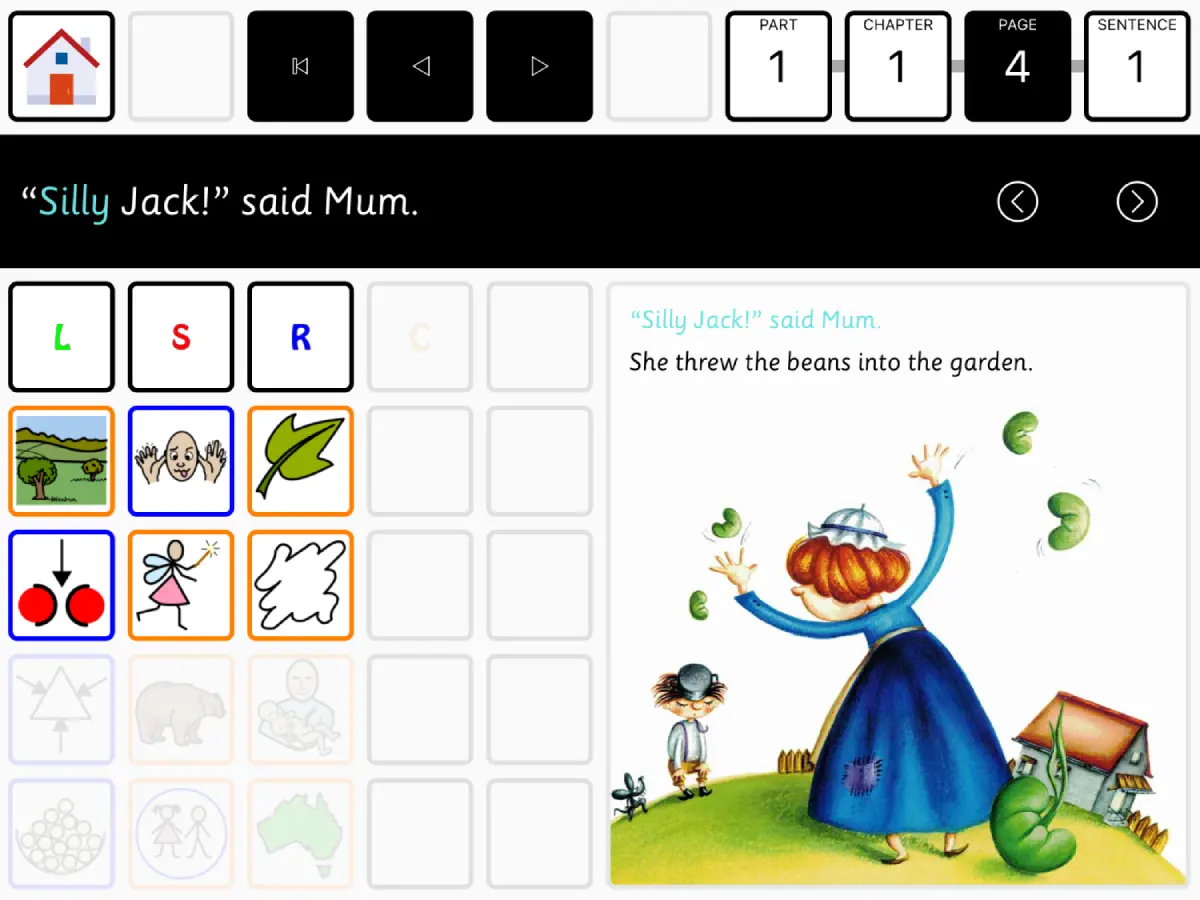

coming to your iPad



coming to your ipad
how it works
a reading system that grows with you

participatein shared-bookreading
any iPad with iOS 15 or later
choose yoursymbol set
sounds outunfamiliar words
choose yourvoice
learn to read using mainstream books readers and plays

learn todecode
direct access withoptional keyguard
and switch accesscoming in a later release
read aloudindependently
learn to read withmainstream books

Register Now!for up-to-date news aboutRelease Dates
how does it work?



